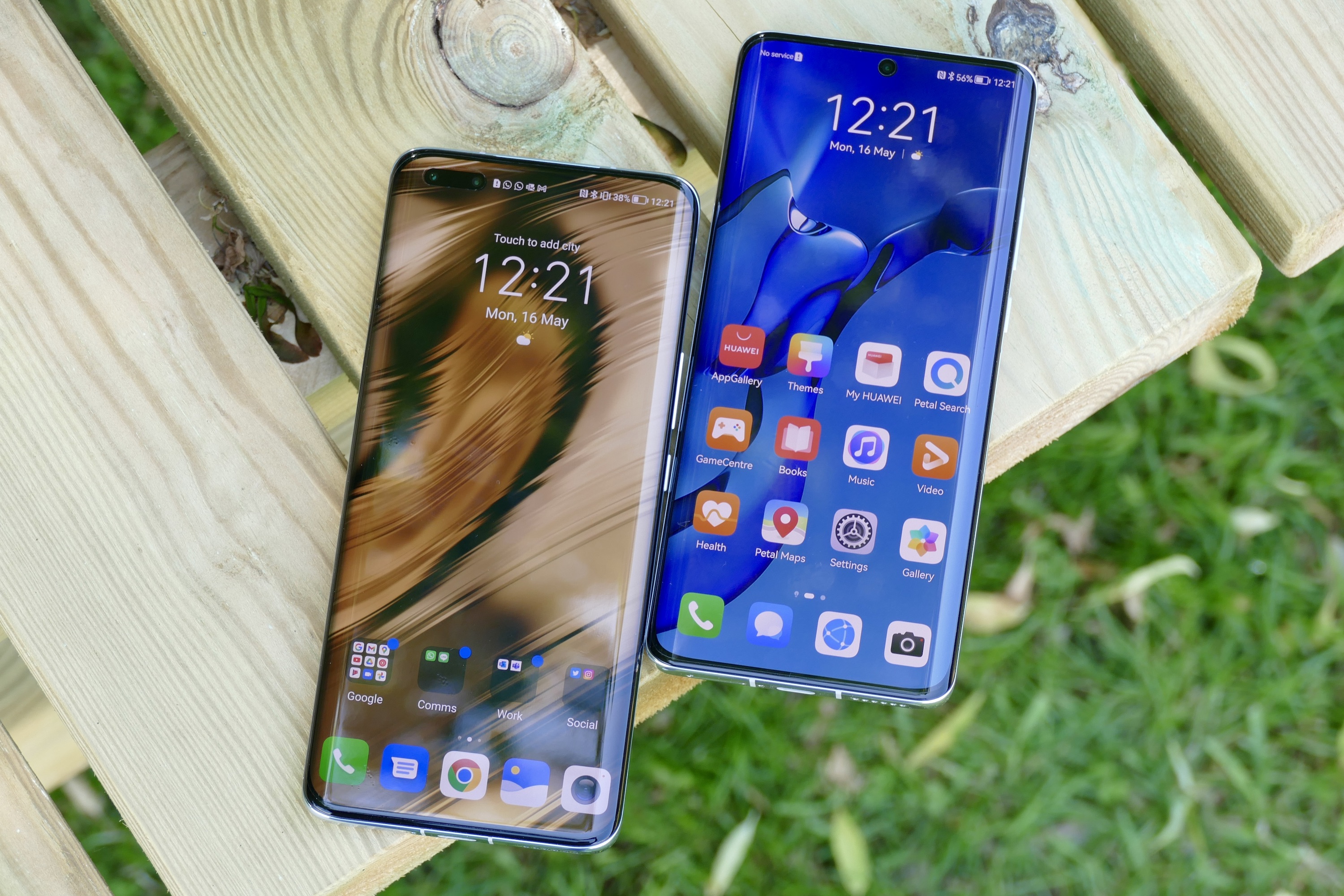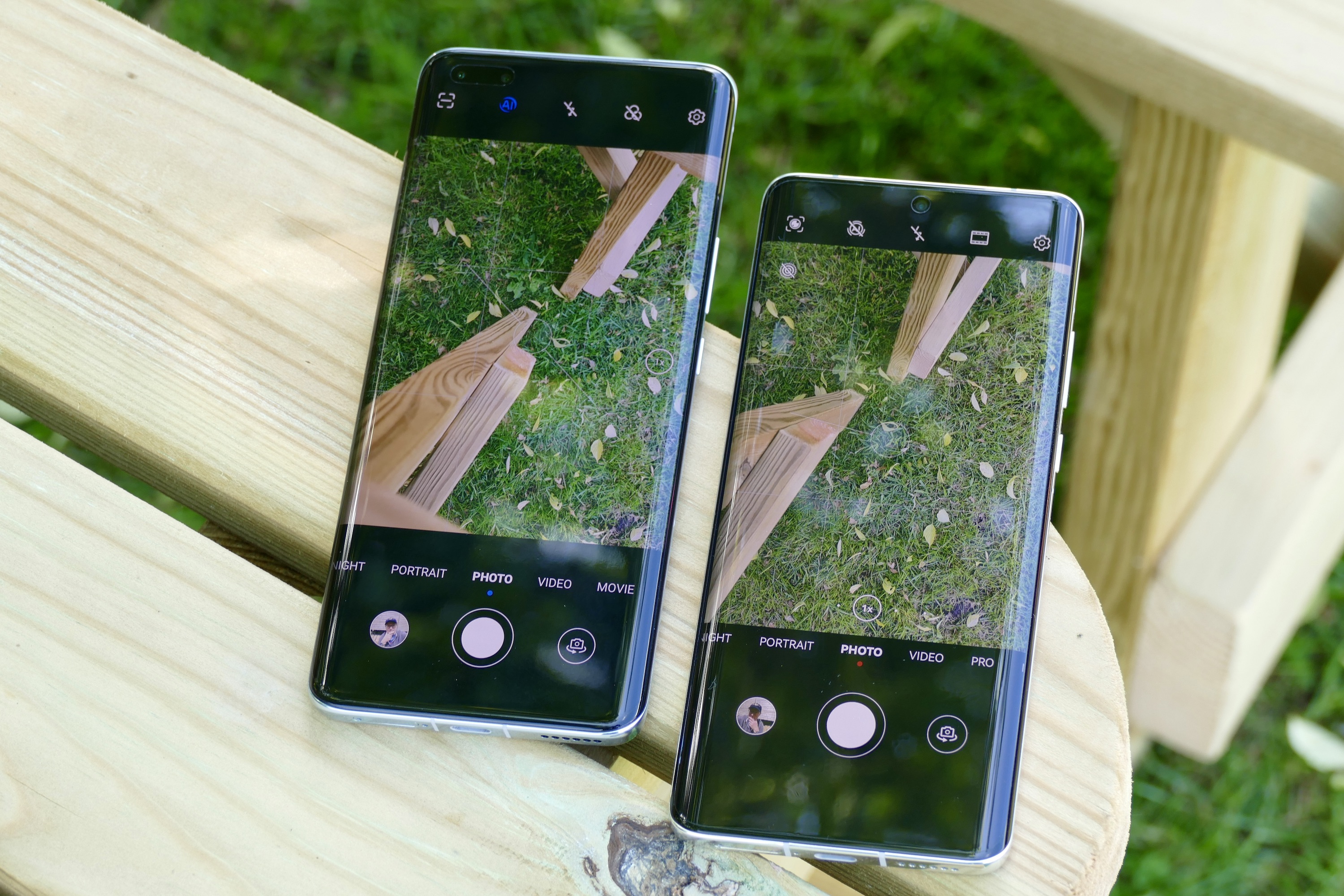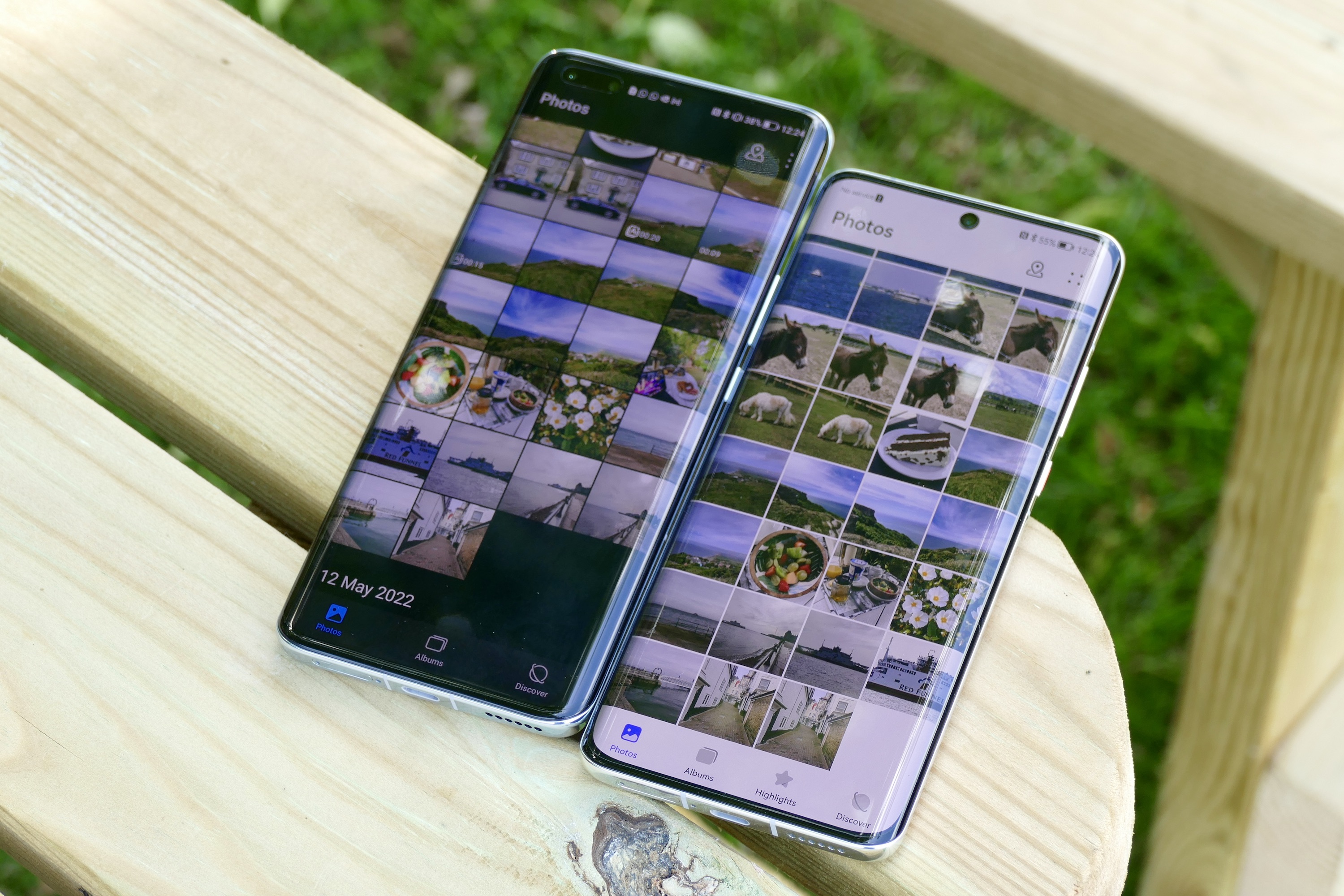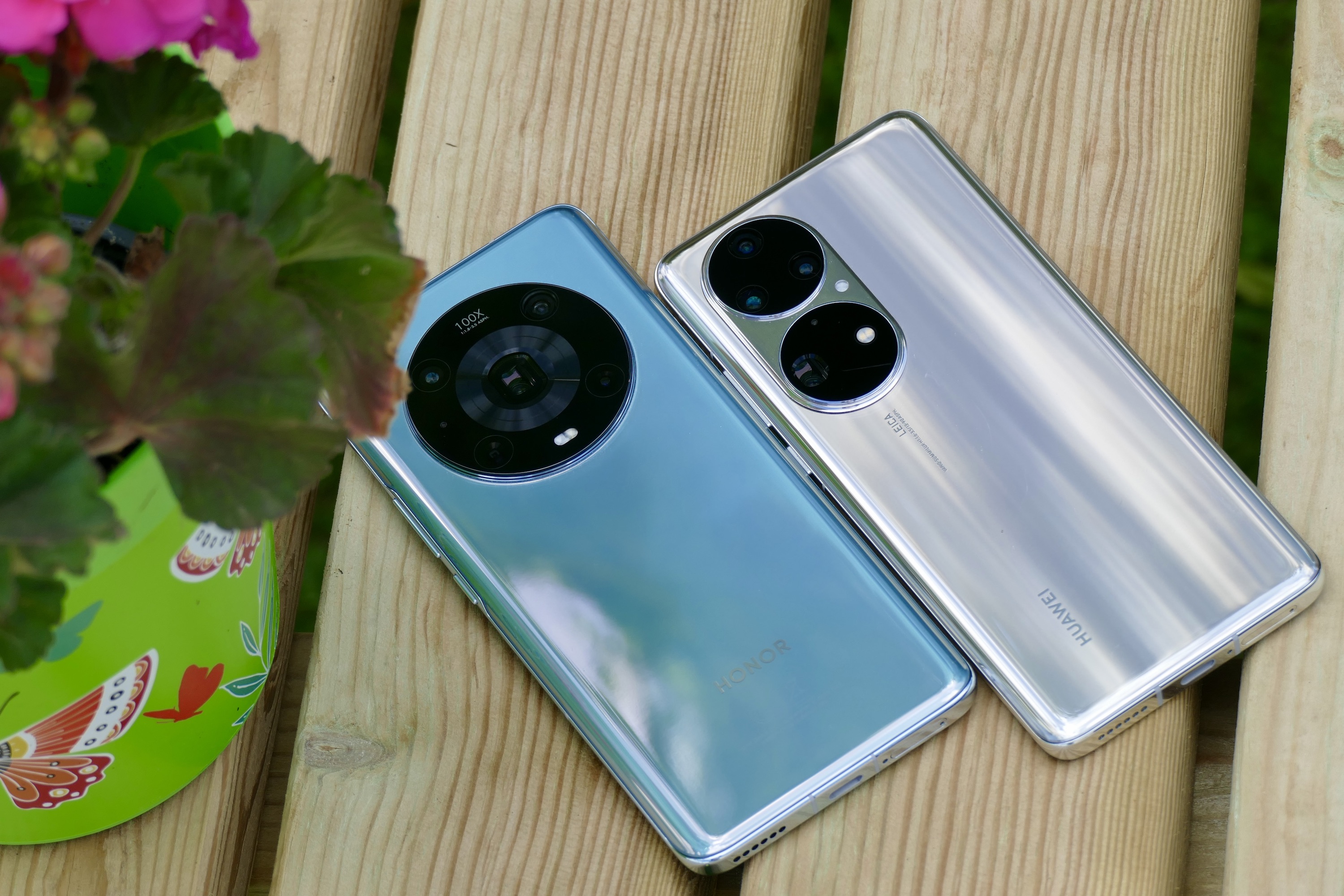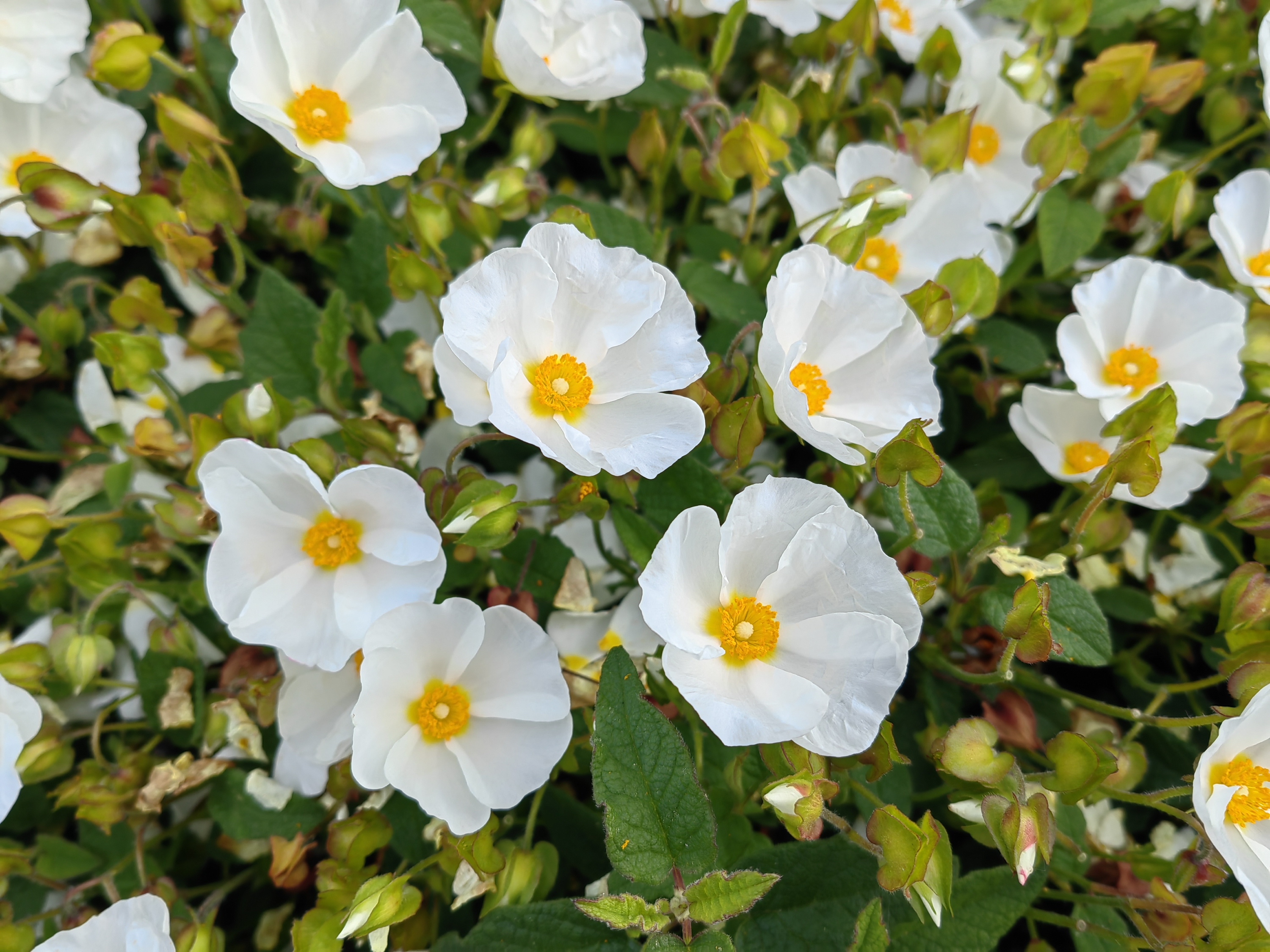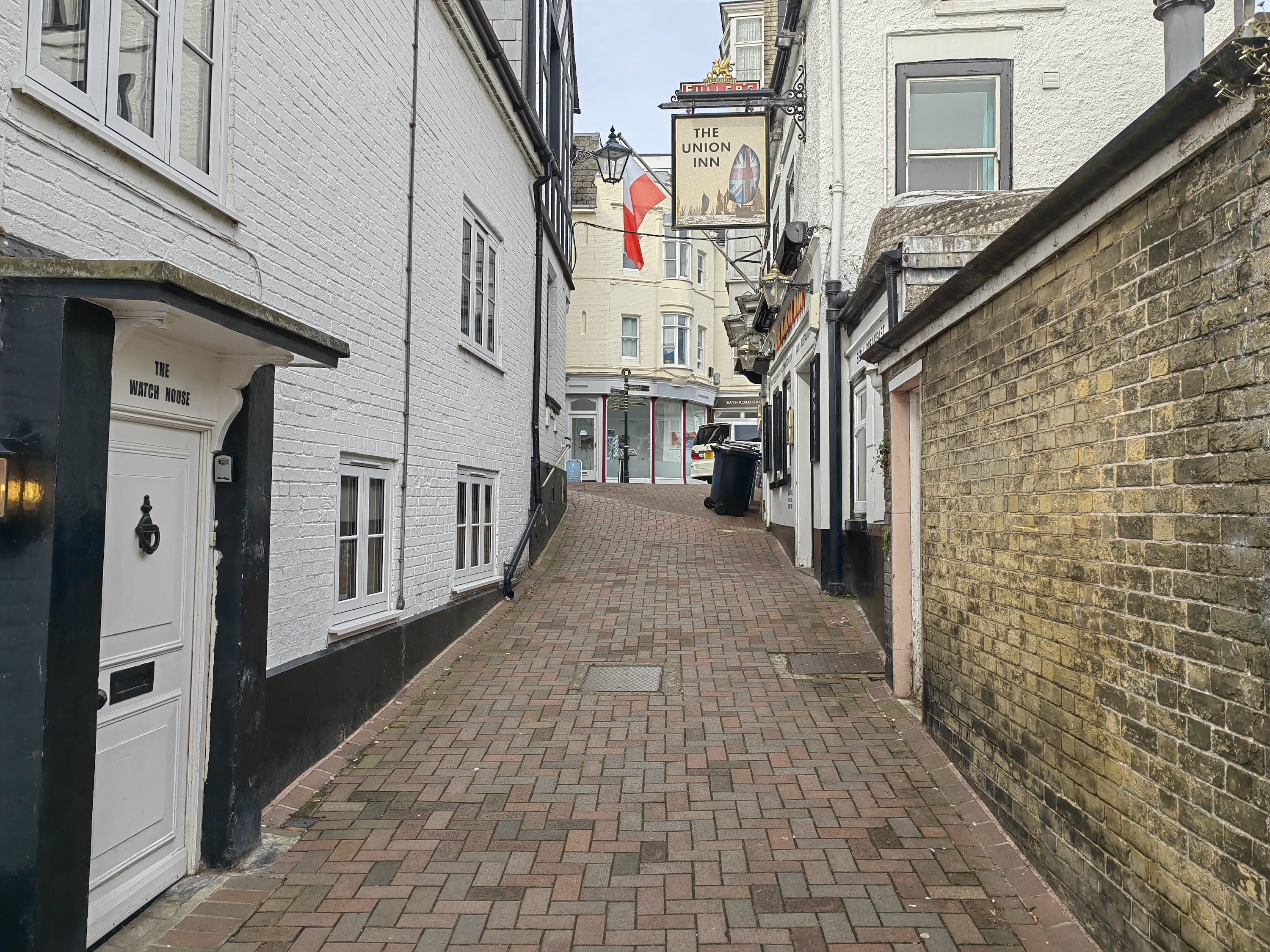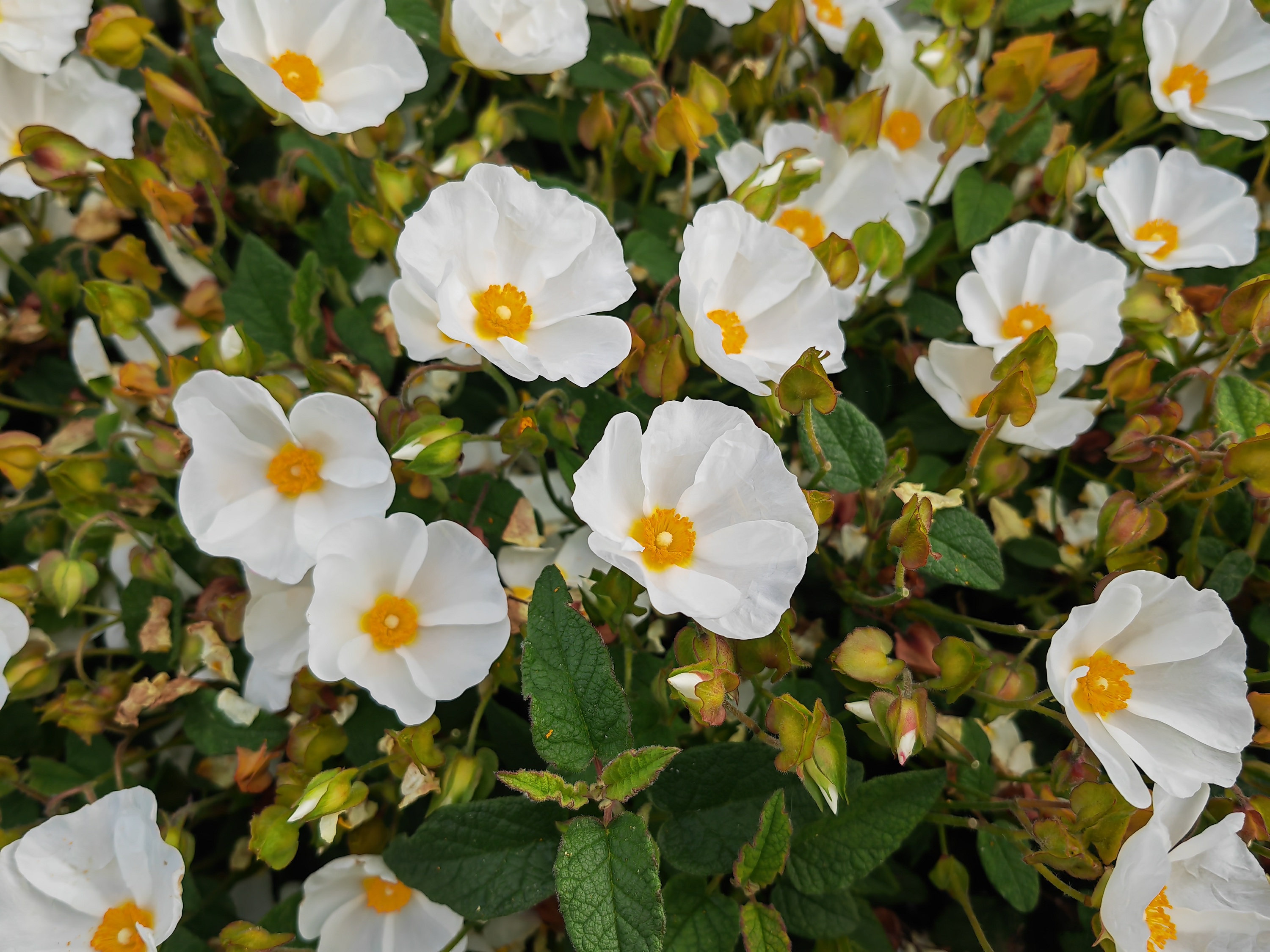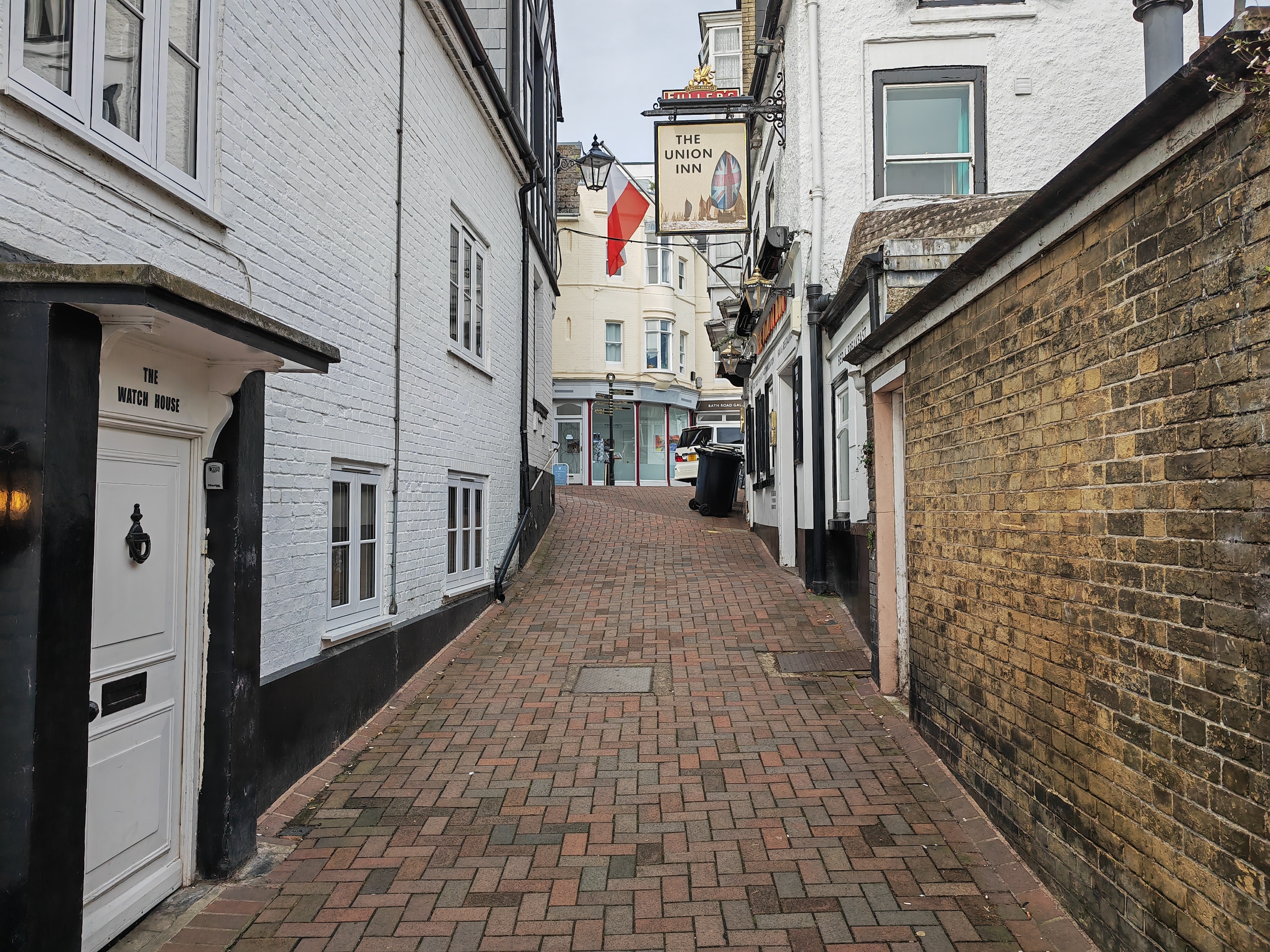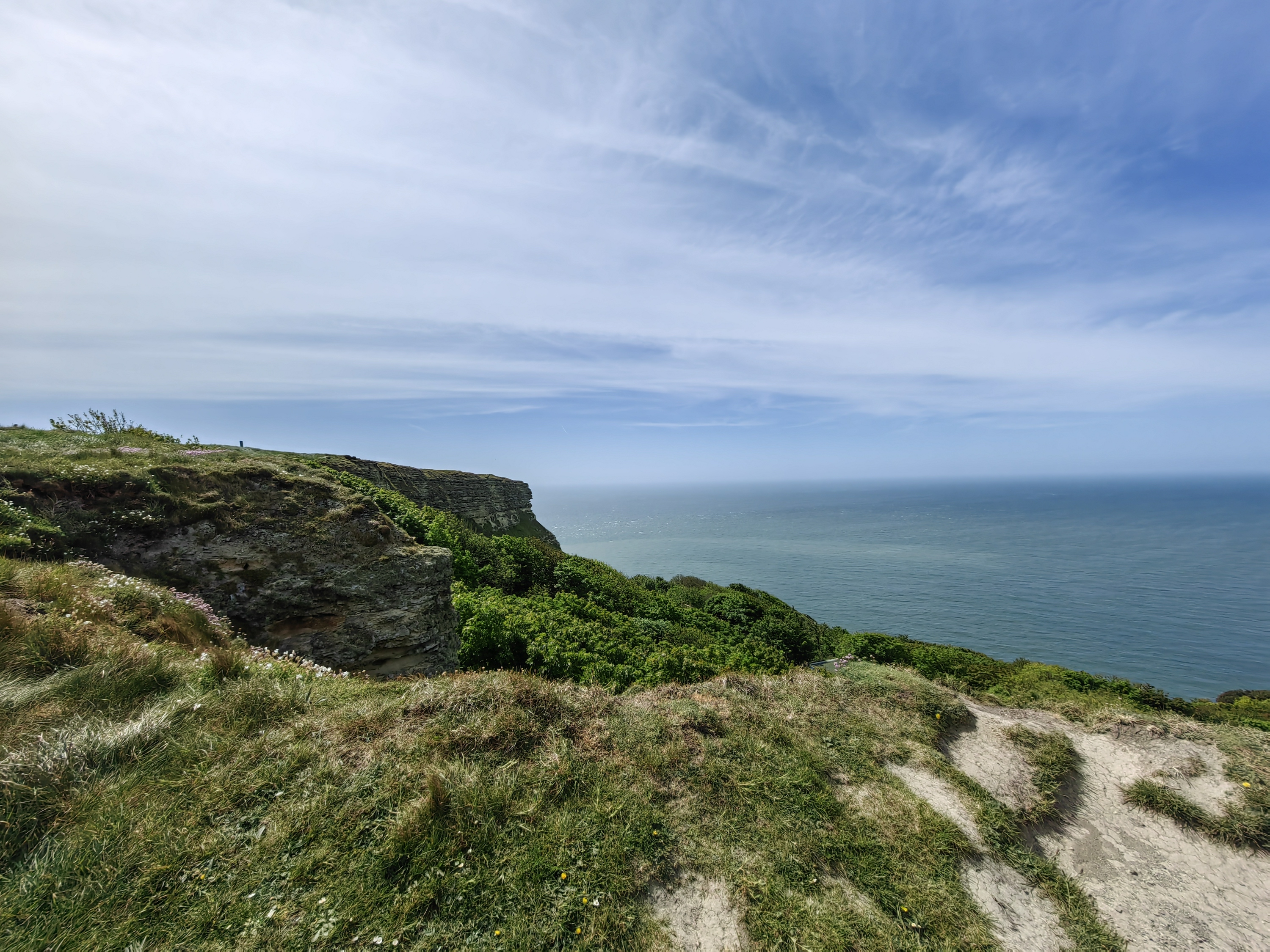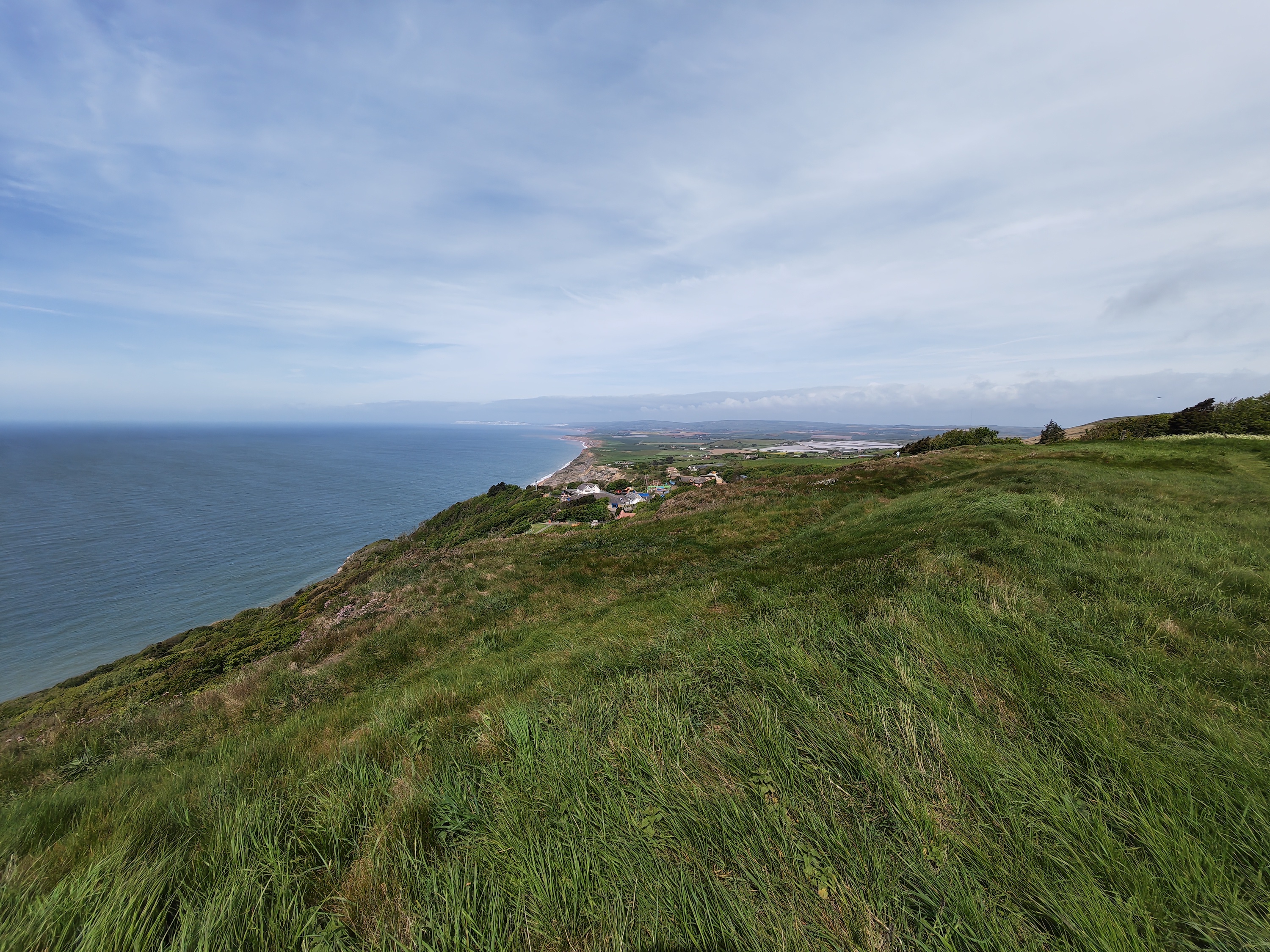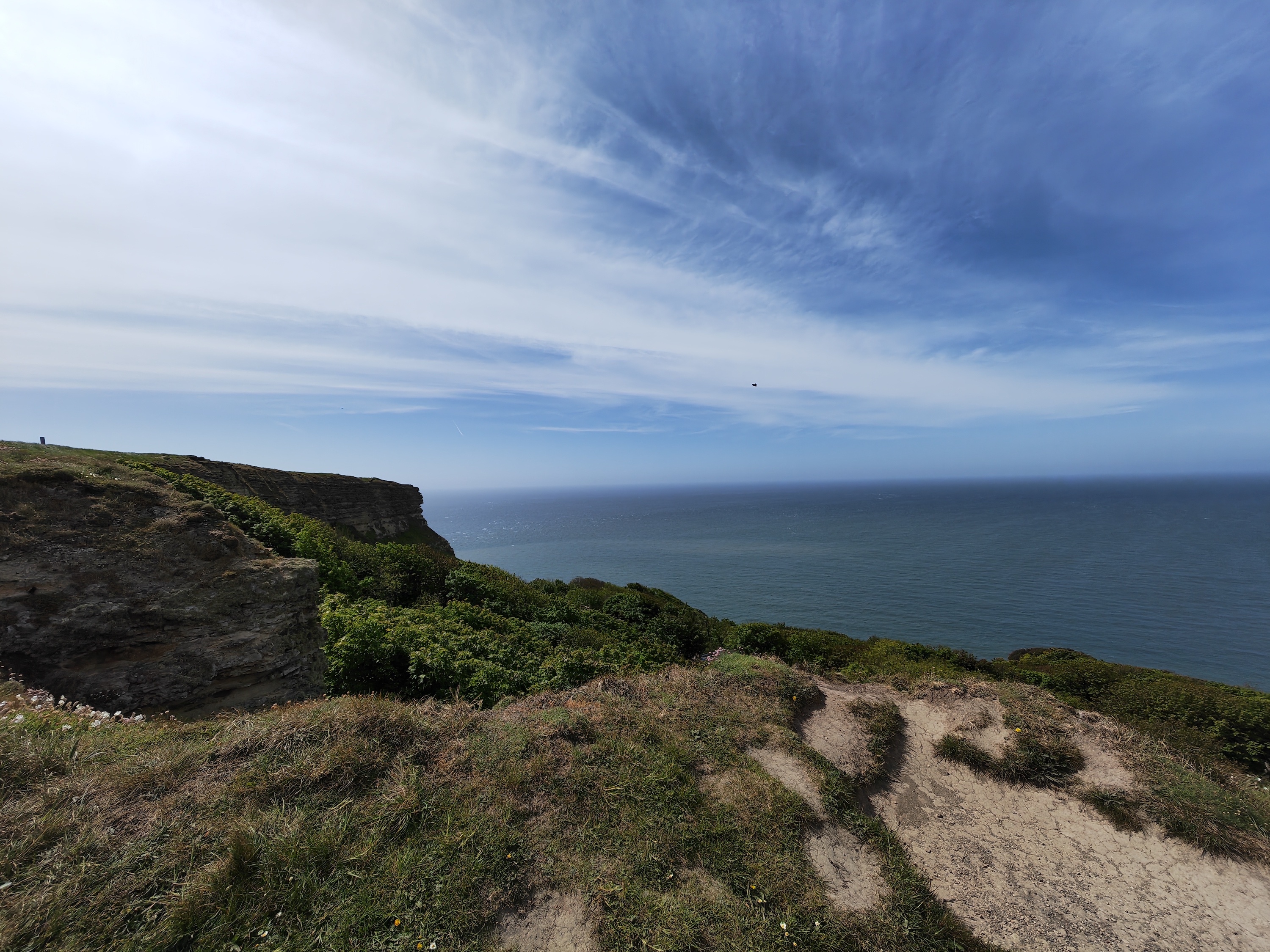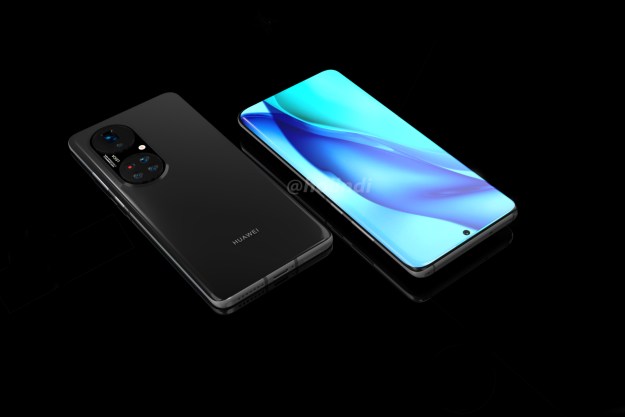Not that long ago, Huawei and Honor could have been considered the same company. While they technically operated independently of each other, they shared resources and software, but targeted different buyers with their marketing. In 2020, Huawei sold Honor, allowing it to have a chance of survival on its own as Huawei faced the challenges of making phones without Google and the assistance of various other U.S. companies due to the government restrictions placed on it.
Honor’s first globally available flagship phone, the Magic4 Pro, is now here, and the camera is touted as a major selling point. Camera prowess has always been Huawei’s claim to fame, so we put the agic4 Pro up against the P50 Pro — Huawei’s most recent top-level phone — to see whether Honor, the former pupil, can truly take on its old master.
The cameras
There is quite a similarity between the two cameras on these two phones. Each has a 50-megapixel, f/1.8 aperture main camera and a 64MP periscope zoom camera, as well as features including optical image stabilization (OIS), electronic image stabilization (EIS), 4K video recording, and laser autofocus.
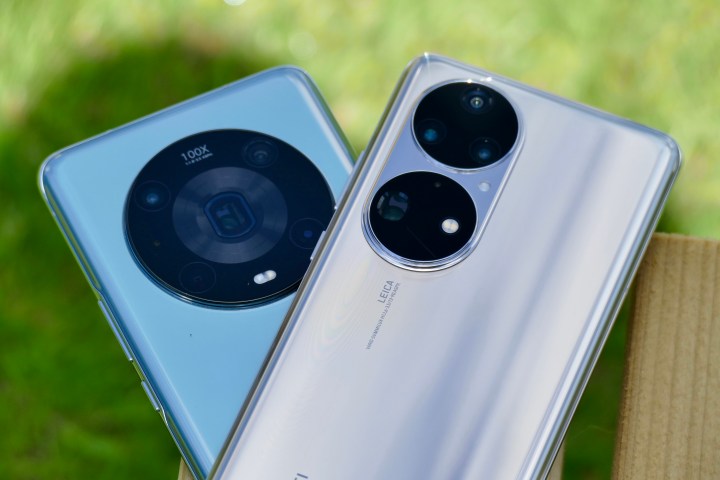
The Honor Magic4 Pro has a 50MP wide-angle camera with a 122-degree field-of-view, while the Huawei P50 Pro has a 13MP wide-angle camera, plus a 40MP black-and-white camera. The Magic4 Pro has a host of sensors in that large camera module, including a time-of-flight sensor. The Magic4 Pro also has a 12MP selfie camera with another 3D time-of-flight sensor, while the Huawei phone has a single 13MP selfie camera.
Outside of the hardware specifications, the Huawei P50 Pro’s camera has been created and tuned with the help of longtime partner Leica, while Honor has no such assistance from a recognized camera brand. While the software on each phone differs — the Honor phone has Google Mobile Services for a start — the camera app is very similar on both.
Main camera
Following are four photos, all taken with the main cameras on the Huawei P50 Pro and the Honor Magic4 Pro. There’s one obvious difference between them, and I’ve included various examples here to show it happens in different lighting situations and isn’t just an anomaly in one photo. The Honor Magic4 Pro consistently takes a brighter image with a stronger HDR effect, while the P50 Pro prefers harsher contrast and lower exposure, resulting in very natural, but sometimes moodier photos.

The photo of the landscape was taken with the sun behind me, and each phone handles the tone quite differently. The cloud formation in the P50 Pro’s photo is considerably more aggressive-looking than the Magic4 Pro’s interpretation, where the reflection of the sun on the grass and trees is brighter. The Magic4 Pro captures the mood better, based on what I was seeing in real life, but it looks a little overexposed.

In the photo of the street in the gallery below the P50 Pro picks up more detail, while the Magic4 Pro smooths quite a lot of the background out. This is especially noticeable on the “Union Inn” sign, on the white walls to the left, and on the cream-colored building in the background. White balance and color accuracy in both is great though, but this isn’t always consistent.
Take a look at the photo of the white flowers, where the P50 Pro perfectly exposes the early morning light and captures a lot more detail than the Magic4 Pro, which can’t match the crispness of the white petals or include the same level of detail on the subject. It manages to better capture the green leaves than the flowers.
It’s hard to choose a winner here as both are quite similar, and any advantages are canceled out with negatives. The Magic4 Pro takes photos that are slightly more shareable, while the P50 Pro takes more technically impressive images that need a little editing to make them pop in a way that’s more suited to social media. It is the winner here, but it’s close.
Winner: Huawei P50 Pro
Wide-angle camera
Switch to the wide-angle camera and everything gets reversed. The Honor Magic4 Pro tends to underexpose, showing more shadow and avoiding oversaturation, while the Huawei P50 Pro ups the HDR, favors brighter exposure levels, and makes colors pop. The results echo what we saw from the main camera, just the opposite way around.

The Magic4 Pro doesn’t smooth things out as much as the P50 Pro does, so there’s usually more detail and its photos have a more natural look, while the P50 Pro’s photos pop more without editing. Take a look at the main photo here, and see how the walls on the brick-colored building contain a lot more detail in the Magic4 Pro’s photo compared to the P50 Pro’s.

Focusing is better on the Magic4 Pro too, and the parked cars are far sharper than in the Huawei image. Finally, white balance is improved in the Magic4 Pro’s photo over the Huawei’s photo, where the railings and white buildings take on more of a blue tint.
Not every image is a winner though, and the Huawei’s camera often handles challenging lighting better than the Honor phone.
Considering the difference in megapixels between the two — Huawei’s 13MP compared to the Honor’s 50MP — none of this should come as much of a surprise, but megapixels don’t always translate into better photos. In the case of the Magic4 Pro though, they absolutely do.
Winner: Honor Magic4 Pro
3.5x optical zoom
Both phones use either the same, or a very similar, 64MP periscope camera for a 3.5x optical zoom, but the results are quite different. There is a clear difference in dynamic range and white balance, but it’s when you look closely at each image that Huawei’s expertise in periscope zoom technology becomes obvious.

Huawei has been working with periscope zoom cameras for some time, and it has extracted a lot more performance out of its 64MP camera compared to Honor, which has leaned on edge enhancement a great deal to improve sharpness while losing out on detail. This can make the Magic4 Pro’s photos appear initially more shareable, but the visual pop is only on the surface. Underneath, they lack detail and clarity.

The ability to edit the photos to add that little more saturation, or to tweak the exposure and contrast, lets you make the P50 Pro’s photos look more suitable for social media, while at the same time retaining all the extra detail. The Magic4 Pro’s 3.5x optical zoom photos may look good at first glance, but they don’t have the depth or natural tones of the P50 Pro’s images, and you can’t edit that in afterward.
Winner: Huawei P50 Pro
10x zoom
Both phones have a shortcut in the camera app to jump to 10x zoom, tempting you into using it. Neither are optical zoom options, but rather hybrid systems that use both the optical and digital system, along with both manufacturer’s AI technology. Just be aware you aren’t going to get a perfect image from either.

The more colorful tone we’ve already seen from the Magic4 Pro’s camera is evident in its 10x zoom photos too, while the Huawei continues with its slightly more muted and natural tones. On the surface, it’s the same situation as before — if you want visual pop straight from the camera, the Magic4 Pro’s photos will look better to your eyes.

However, when you crop the image down, the Magic4 Pro has less pixelization, less obvious digital artifacts, and less aggressive edge enhancement. The smoothing that has worked against it in other sections actually benefits it more here, making the photo cleaner and minimizing the distracting effect of any necessary digital enhancements.
Winner: Honor Magic4 Pro
Night mode
There’s a big difference between the two phones when using Night mode. The photo of the church below illustrates them best. The Huawei P50 Pro illuminates the scene like it’s barely dusk, showing the color of the grass and trees, and bringing out tons of detail on the roof of the church and its steeple. It’s a Night mode photo that could be mistaken for a daytime photo, were it not for the streetlight.

The Honor Magic4 Pro’s photo represents what I was really seeing with my own eyes. It was dark enough that all detail in the trees was obscured, and there was more shadow around the wall and edge of the church grounds. This all presents a dilemma, as the Magic4 Pro’s photo is arguably more realistic, but the P50 Pro’s brighter, more detailed photo is the definition of what we expect of a Night mode.

Zoom in and the P50 Pro’s photo is brimming with detail and texture, while the Magic4 Pro’s photo is, unfortunately, brimming with pixels and artifacts. Although I appreciate the atmosphere of the Magic4 Pro’s photo, the P50 Pro’s is on a different technical level, and while in this situation it doesn’t especially benefit the image, in others it will make a photo the Magic4 Pro can’t create possible.
Winner: Huawei P50 Pro
Aperture mode
I used Aperture mode on both cameras rather than Portrait mode to illustrate this part of the test, as it shows edge-recognition capabilities and also how the camera deals with the tone, detail, and focus. Portrait mode works in the same way, but with an adjustable beauty mode. That’s right, although my face and skin have been smoothed almost to oblivion by the Magic4 Pro, there’s no beauty mode active here.

What’s also notable is the P50 Pro recognizes that the phone, my hands, and my face are part of the picture. The Magic4 Pro blurs my face out into the background, but still doesn’t manage to nail the focus on the phone. Combined with the insane level of smoothing, it makes the Magic4 Pro’s photo a disappointment.

One thing worth noting is that if you use Portrait or Aperture mode on the Magic4 Pro, it will try to isolate any object, person, or otherwise. The P50 Pro only adds a bokeh effect to photos of people in Portrait mode, and ignores everything else unless you switch to Aperture. This makes the Magic4 Pro a little more user-friendly, but the results can’t get close to the P50 Pro’s in either mode.
Winner: Huawei P50 Pro
Selfie camera
The Honor Magic4 Pro has a double-size selfie camera cutout in the screen to make room for the time-of-flight sensor, but I’ve not found a situation where it warrants cutting down on screen real estate compared to the single camera on the P50 Pro. In almost all situations, the P50 Pro’s selfie camera has better color balance, textures, and skin tone.

The Honor Magic4 Pro has a habit of washing my skin out, while the P50 Pro thankfully doesn’t make it look as if I recently passed away. I prefer the textures created by the P50 Pro, and it always has a great HDR effect to help minimize shadows and improve the look of the background. The portrait effect is never heavy-handed either.

If I was handed both phones to take a selfie, I’d always reach for the Huawei phone, proving that adding sensors and additional hardware doesn’t always improve the results.
Winner: Huawei P50 Pro
Conclusion
The Huawei P50 Pro has won five sections and the Honor Magic4 Pro has won only two, giving the Huawei a comprehensive win. Where the Honor Magic4 Pro did succeed was on the wide-angle camera, proving that megapixels matter.
There’s a difference in price between these two phones, with the P50 Pro costing 1,099 British pounds or about $1,355, and the Honor Magic4 Pro 950 pounds or about $1,170. The Magic4 Pro has performed well enough that it should still be a consideration if the prospect of saving money and having Google Play and all the Google apps installed is appealing.
Overall, Huawei hasn’t been surpassed by its former ward in terms of sheer camera ability, but the P50 Pro struggled to keep up with the Pixel 6 Pro in another recent test, showing that despite its big win here, there’s still work to be done for the phone’s sequel.
Editors' Recommendations
- The Pixel 7 Pro’s camera has finally met its match
- iPhone 14 Pro vs. iPhone 14 camera battle shows why small details matter
- Does the Huawei P50 Pro take better pics than the Pixel 6 Pro?
- Huawei P50 Pocket rivals Z Flip 3 in design, but not price
- Huawei’s P50 Pro launches with 200x camera zoom, but leaves out 5G

